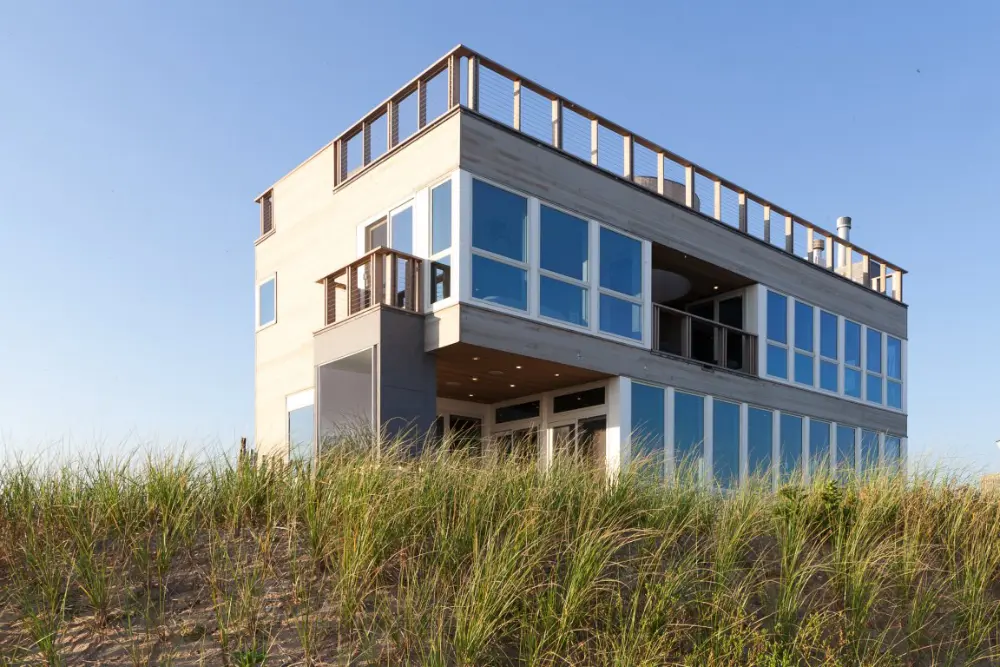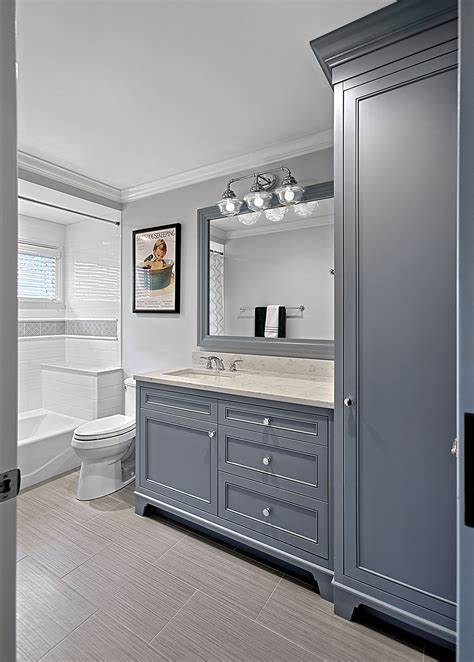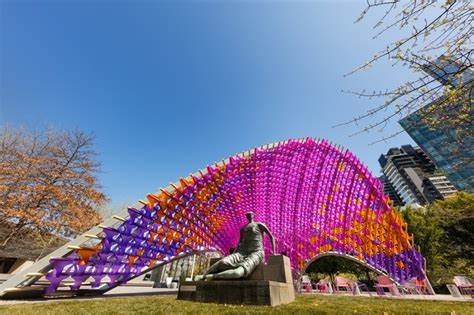Embarking on a journey to enhance your home’s exterior not only demands the right choice of materials but also requires a keen understanding of the installation process. Fiber cement siding, a durable and versatile cladding option, demands a meticulous approach to installation to ensure its longevity and aesthetic appeal. This article serves as your comprehensive guide to fiber cement siding installation, unraveling the intricacies and techniques that contribute to a flawless outcome.
Contents
Preliminary Preparations Setting the Stage for Success
Before the first panel of fiber cement siding is secured, meticulous preparations are essential to create a foundation for success.
Assessment and Planning: Begin by evaluating your home’s exterior and identifying any repairs or enhancements required before installation. Clear communication with your installation team is crucial to align expectations and understand the timeline.
Material Acquistion: Ensure you have the necessary fiber cement siding panels, trim pieces, fasteners, and tools ready before the installation process commences. This minimizes delays and interruptions during the project.
Weather Considerations: Ideally, plan the installation during a dry and moderate weather period. Extreme temperatures, rain, or high humidity can affect the bonding and drying of adhesives and paints, compromising the quality of the installation.
Read Also: Deciphering the Investment Unveiling Fiber Cement Siding Costs
The Art of Application Steps in Fiber Cement Siding Installation
Sheathing Inspection: Before installing fiber cement siding, inspect the sheathing underneath. It should be structurally sound, without signs of moisture damage or rot. Address any issues before proceeding.
Flashing Installation: Proper flashing is essential to direct water away from vulnerable areas, preventing water infiltration. Install flashing around windows, doors, corners, and any other potential water entry points.
Moisture Barrier: Apply a moisture barrier over the sheathing to provide an additional layer of protection against water infiltration. This barrier enhances the longevity of both the siding and the underlying structure.
Finish Panels: Start installing the fiber cement siding panels from the bottom up. Use appropriate fasteners, such as corrosion-resistant nails or screws, to secure the panels to the sheathing. Maintain the recommended spacing between panels to accommodate for expansion.
Trim and Accessories: Install trim pieces around windows, doors, corners, and other architectural details. These not only enhance the aesthetics but also serve as protective elements.
Paint and Finish: While some fiber cement siding comes pre-painted, others require painting after installation. Apply high-quality exterior paint according to the manufacturer’s recommendations. Proper painting not only adds color but also acts as a shield against the elements.
Expert Tips for Impeccable Installation
Mind the Gaps: Allow for expansion and contraction by leaving a small gap between panels, as recommended by the manufacturer. This prevents warping and buckling during temperature fluctuations.
Nail Placement: When nailing fiber cement siding, follow the manufacturer’s guidelines for nail placement. Improper nail placement can lead to cracking and compromise the siding’s integrity.
Ventilation: Ensure proper ventilation behind the siding to prevent moisture buildup. This is particularly important in humid climates where trapped moisture can lead to mold and rot.
Professional Installation: While DIY installation is possible for experienced homeowners, hiring professional installers is recommended for optimal results. Professionals have the expertise to handle challenges and ensure a flawless finish.
The Lasting Legacy Benefits of Fiber Cement Siding Installation
Beyond the immediate aesthetic transformation, proper fiber cement siding installation bestows a plethora of long-term benefits. These include enhanced durability, resistance to pests and rot, fire resistance, and minimal maintenance requirements. A well-installed fiber cement siding not only adds value to your home but also grants peace of mind, knowing that your investment is secured for years to come.
Fiber cement siding installation is an intricate dance of skill, precision, and craftsmanship. By following the steps outlined in this guide and paying attention to the finer details, you can ensure a successful installation that not only elevates your home’s exterior but also stands as a testament to the synergy of quality materials and expert workmanship.






















